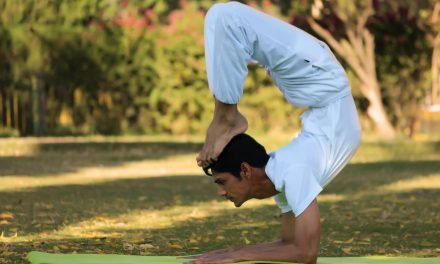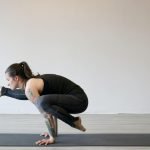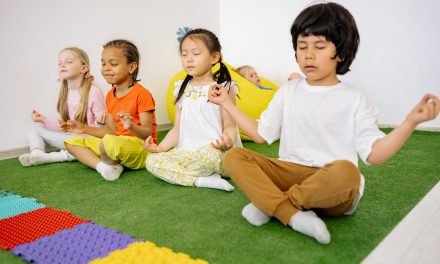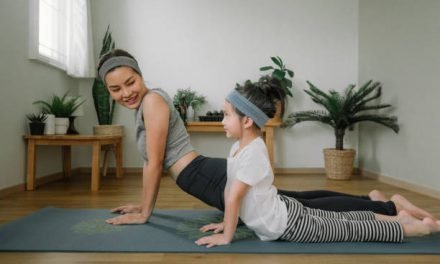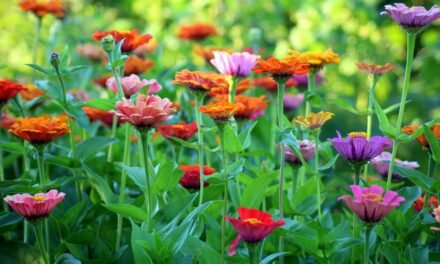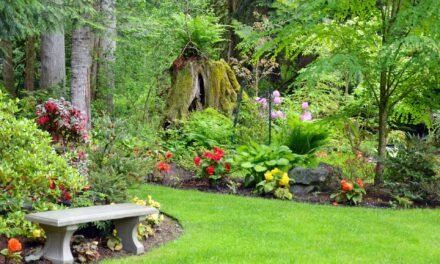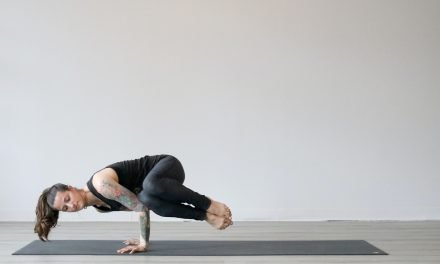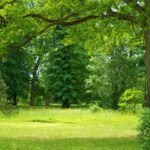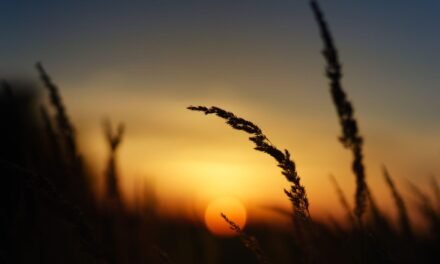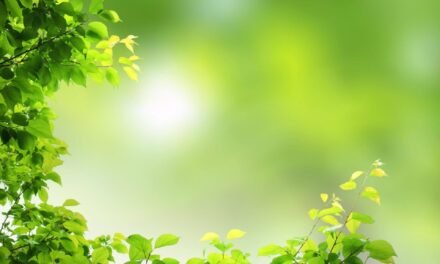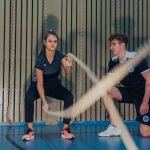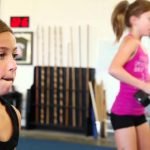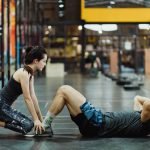
9 Good Reasons to Adopt Soft Gymnastics
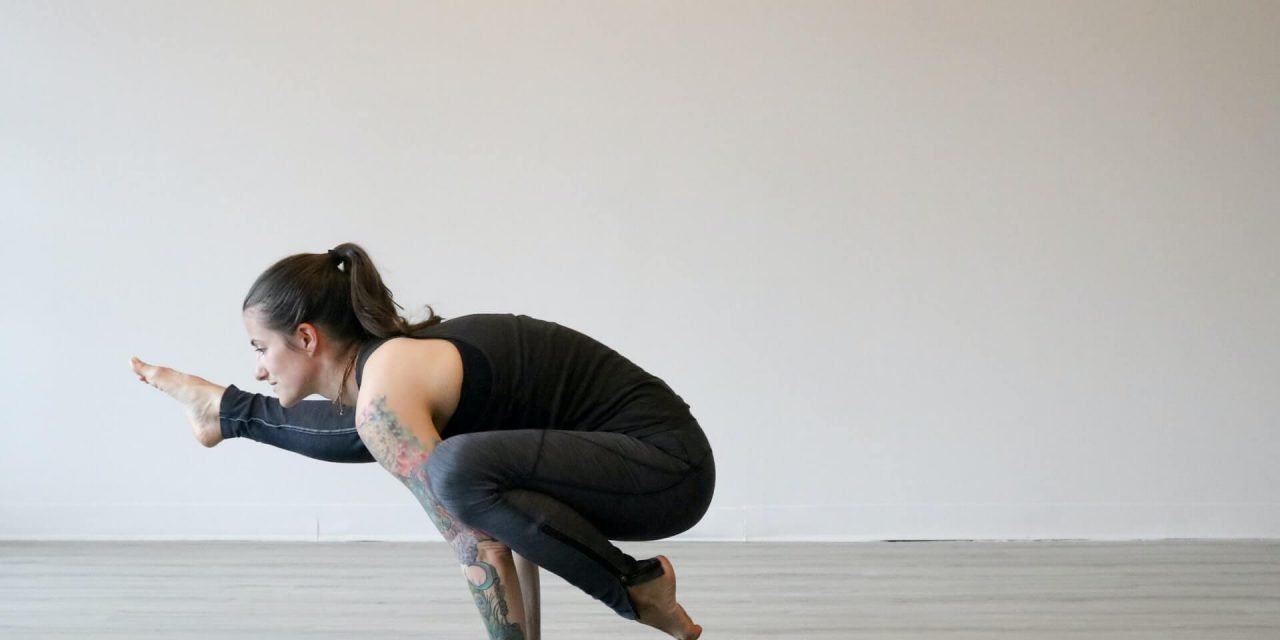
Gentle gymnastic methods are said to be just as effective as more intensive methods, in addition to presenting less risk of injury. Inspired by yoga, Pilates, and tai chi, stretching can be done at home.
The benefits of stretching
Muscle stretching relaxes the body and calms the mind. Their practice is essential for the good flexibility of the body.
- Increase the possibilities of body movements.
- Develop body awareness, which helps to be sensitive to changes in performance and prevent the risk of injury.
- Help prevent or relieve back, shoulder and neck pain.
- Reduce efforts and muscle tension in the movements of daily life.
- Increase endurance and muscle strength.
- Increase physical and mental confidence.
- Stimulate blood circulation.
- Help control breathing, resulting in better relaxation.
- Make more intense weight training easier, because the muscles are more flexible and less prone to tension.
Tip: try the exercise ball. Sit on it, you will have to stand up straight. You can use it for many stretching movements.
Warning: if you are pregnant or have spinal or neck pain, seek medical advice before stretching.
Gentle gymnastics
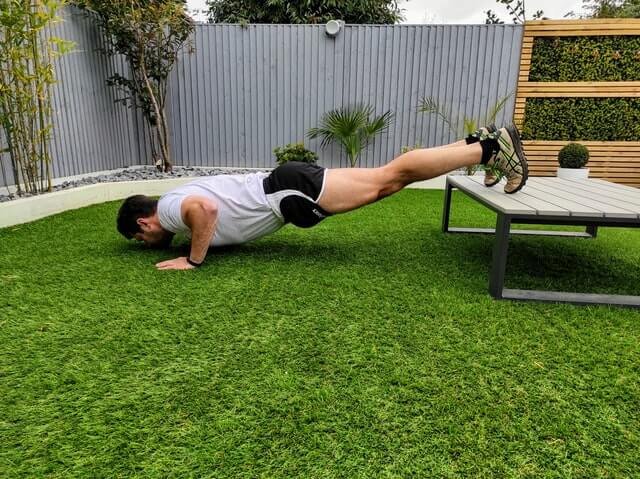
- Bikram yoga: Developed in India, yoga combines physical and mental work. Bikram yoga is a more contemporary form of yoga practice, which stimulates blood circulation, cardiovascular condition, and promotes the elimination of toxins through increased breathing. Classes are given in rooms heated to 37 ° C (99 ° F), to increase the elasticity of tissues and muscles and reduce the risk of injury.
- Hatha yoga: This is the most popular yoga school in Western countries. The method uses postures (asana) and breathing (pranayama), which allows you to control the mind, senses and body without tension.
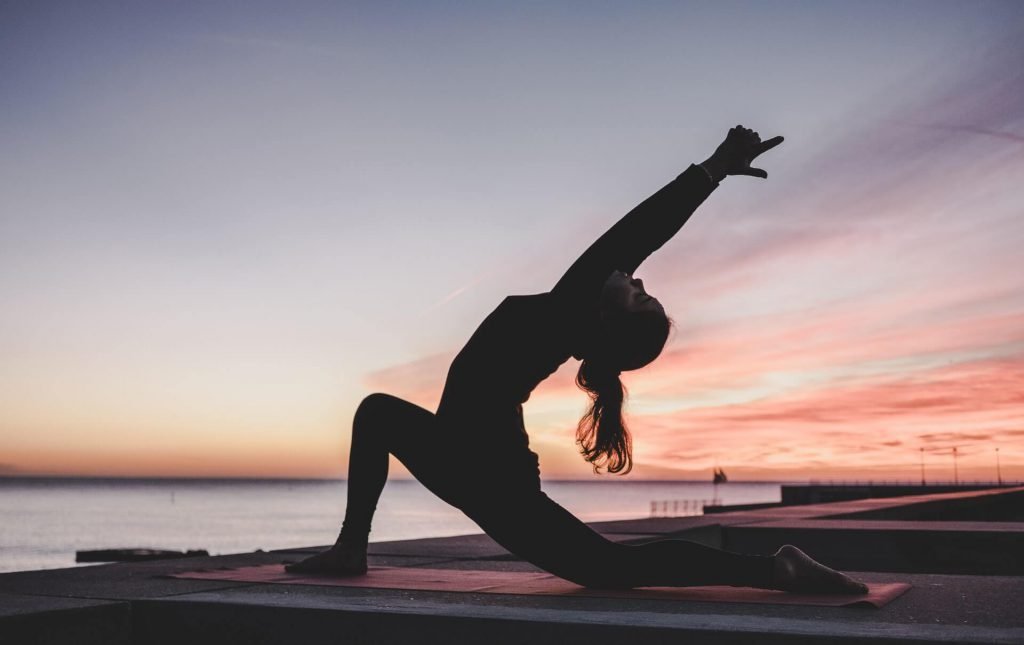
- Iyengar yoga: this method of yoga uses supports such as straps to keep the body in a correct position. The emphasis is on postures held for a long time.
- Feldenkrais Method: Appeared in the 1940s, it is a form of “anti-gymnastics” which helps to develop awareness and control of the body. The goal is to identify tensions and correct them with small, precise movements.
- Pilates method: developed at the beginning of the 20th century by Joseph Pilates, this method combines gymnastics and principles of yoga, body and mind. The exercises are intended to oxygenate, then stretch, build muscle, and then again stretch a particular muscle group.
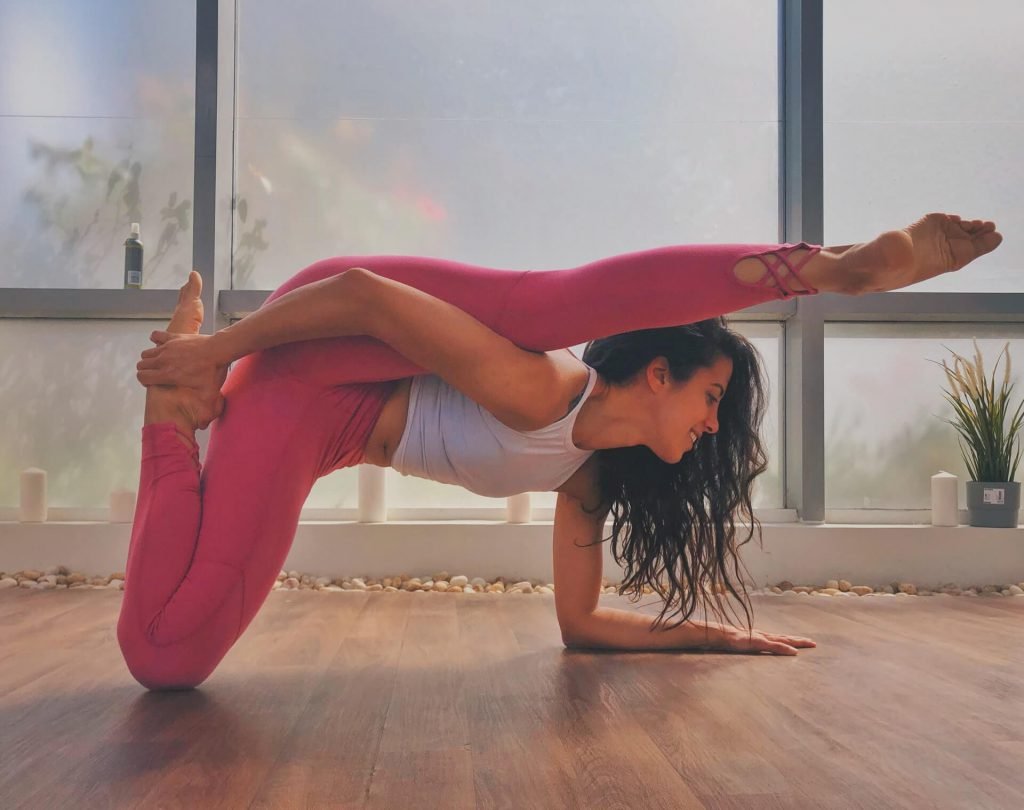
- Tai-chi: the body and the mind are associated in this Chinese discipline. Many old people practice his graceful movements. Particularly interesting for those who suffer from arthritis, because the exercises gently tone and improve flexibility of movement.
- Alexander Technique: invented by an Australian in the 1890s, this method aims to release body tensions and regain control of body movements, especially in the head and cervical vertebrae. It is for the body to find all its potential.


